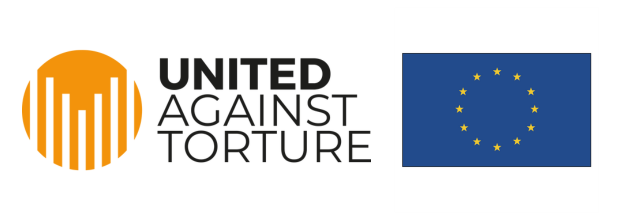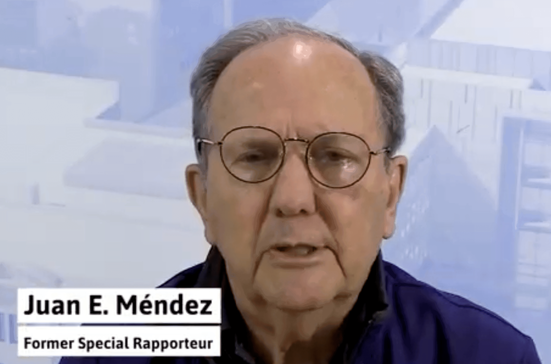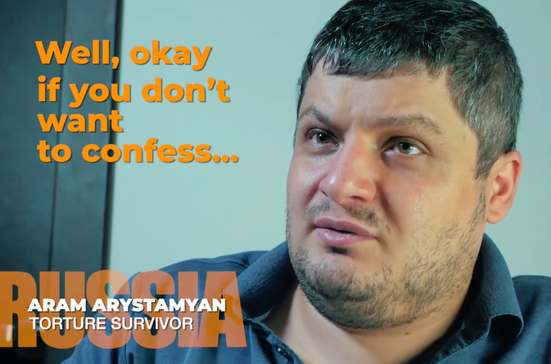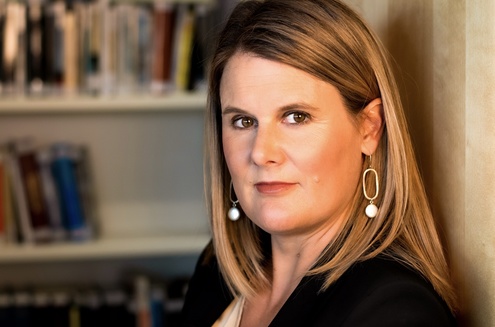“Is the sun shining, is it sunny?”—A torture survivor of Bolivia’s military dictatorship tells his story
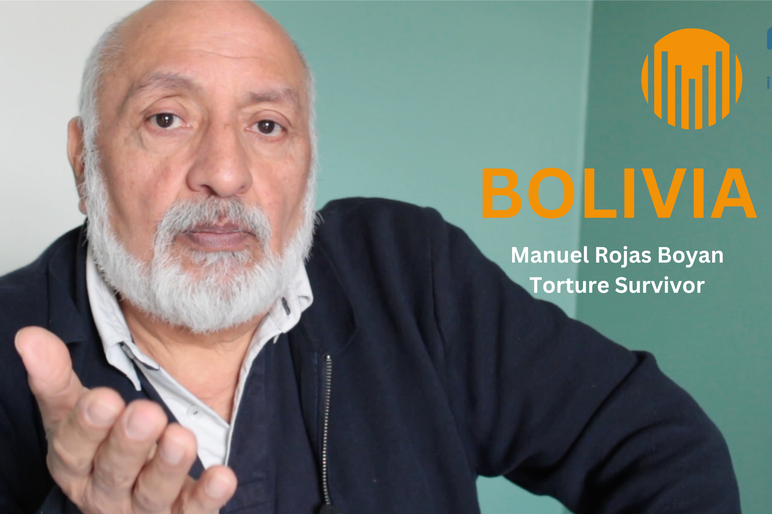
This story is part of the United Against Torture Consortium's Voices for Human Dignity multimedia initiative. This initiative celebrates the 40th anniversary of the Convention against Torture (1984-2024) by giving a voice to torture victims, experts, and activists.
"I was taken to a room of which I never knew the colour of the walls."
Manuel Rojas Boyan is a survivor of one of the darkest chapters in modern history. Confined underground in the pitch-black and tortured for his support of revolution against the military dictatorship of Bolivia in the 1970s, Manuel refused to give up the names of friends and very nearly paid with his life.
"I actually think that there is perhaps no other point that could be more damaging. That you totally lose all notion. I mean, you don't know if you're on this planet, where you are, or what you are. You lose all notion."
“For me, the question, ‘The sun is shining?’ was a way of showing myself that I was alive. The sun shines because it is to return to life, to feel the brightness and warmth of the sun that brings me back to life."
Manuel later escaped from Bolivia as a refugee to Denmark, where he entered a rehabilitation programme and began rebuilding his life.
Despite Manuel's suffering, his message is unequivocal: " What I went through is what I am now. I would invite anyone following my story, or anyone who has been a victim of torture themselves, to think: 'It is possible. We can do it!'"
The United Against Torture Consortium is an EU-funded project that pools the strengths and expertise of six international anti-torture organisations (IRCT, OMCT, REDRESS, Omega Research Foundation, APT and FIACAT) in partnership with over 200 civil society groups and other partners in 100+ countries to strengthen and expand torture prevention, protection, rehabilitation and strategic litigation.
